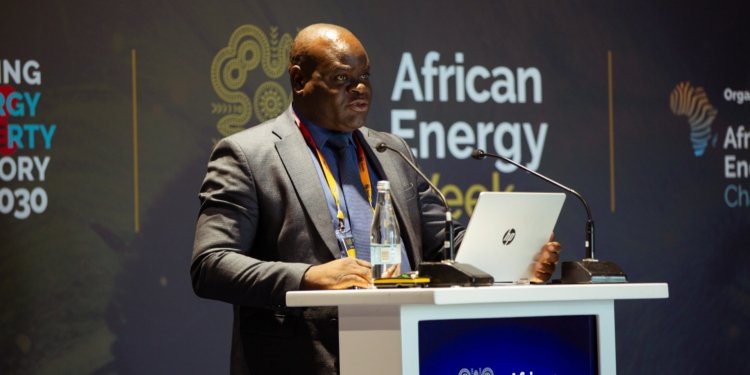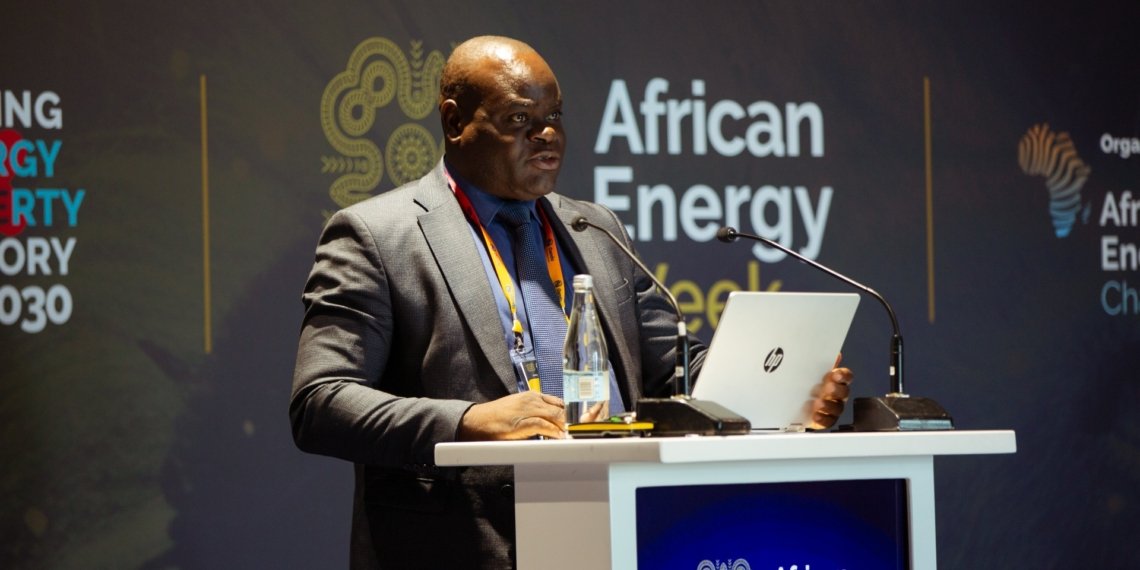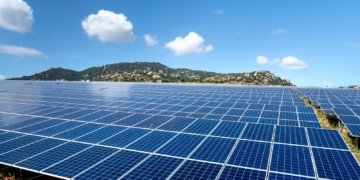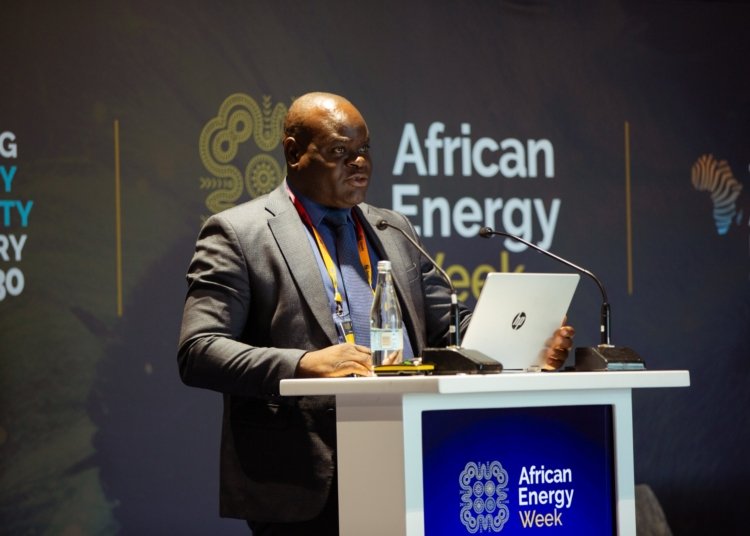Zimbabwe has unveiled a five-pillar energy strategy aimed at unlocking up to $9 billion in investment across its power sector, with $4.4 billion expected from private sector participation.
The announcement was made Tuesday during the Invest in Zimbabwe briefing at African Energy Week 2025.
The Zimbabwean National Energy Development Compact focuses on expanding power generation, strengthening regional integration, promoting distributed renewable energy and clean cooking, attracting private investment, and ensuring financially viable utilities.
“We have significant opportunities in power generation, transmission, distribution and retail,” said Energy and Power Development Minister July Moyo. “Our compact connects us with the rest of Africa.”
Isaac Chiridza, deputy director for energy conservation and renewable energy, said the strategy targets a clean cooking access increase from 38% to 70%, while boosting renewables, especially small hydro and mini-grids, from 7% to 29%.
Cletus Nyachowe, CEO of the Zimbabwe Electricity Supply Authority, encouraged investment through independent power production, public-private partnerships, or self-generation.
Transmission infrastructure is also a focus. “We must ensure we transport power from our generating stations to customers,” said Abel Gurupira, acting managing director of the Zimbabwe Electricity Transmission and Distribution Company.
“We are the epicenter of the Southern African Power Pool,” Gurupira said.
Zimbabwe’s energy mix is expanding beyond hydropower into gas, coal and renewables. Invictus Energy, which is developing the Cabora Bassa Project, has helped position the country as a promising frontier gas market.
“We drilled the Mukuyu well in 2023, ranked among Africa’s largest discoveries,” said John Bentley, board member at Invictus Energy. “This basin-scale opportunity could change Zimbabwe’s energy landscape.”
Coal production is set to rise by 10.5% in 2025, while developments in solar, wind and hydropower continue.
“We’re pursuing two additional units at Hwange, Units 9 and 10, followed by 11 and 12,” said Nobert Matarutse, acting managing director of the Zimbabwe Power Company.
The five-pillar compact is expected to drive Zimbabwe’s energy transition and position it as a regional power hub.

































